You may have questions regarding L1 Visa Intracompany Transfers. We invite you to contact our team at Richards and Jurusik for detailed guidance and assistance. We aim to provide the most accurate and up-to-date information to make your immigration process smoother and less stressful. The immigration lawyers at Richards and Jurusik have decades of experience helping people to work and live in the United States. Read some of our hundreds of 5-star client reviews! Contact us today to assess your legal situation.

Similar Posts
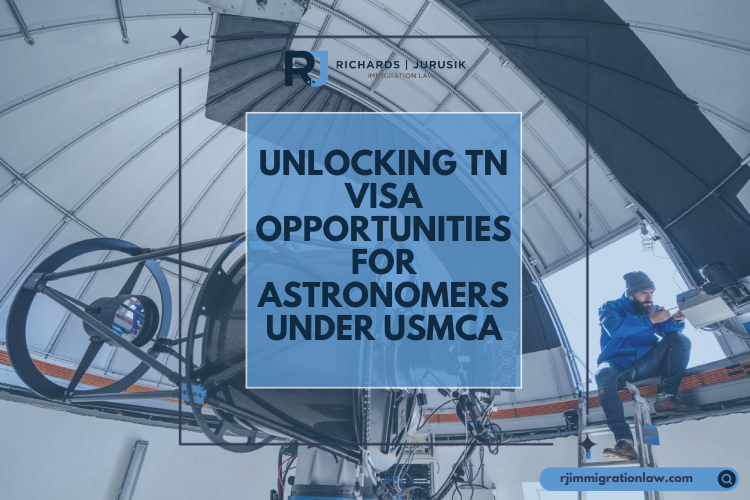
TN Visa Status for Astronomers under USMCA
A comprehensive guide on how astronomers from Canada and Mexico can leverage the USMCA (formerly NAFTA) to obtain TN Visa status for working in the U.S., detailing the profession’s scope and qualification criteria.
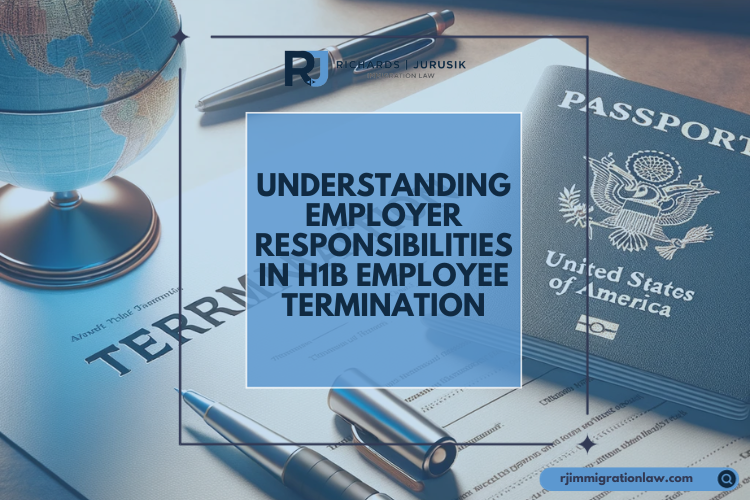
What are Employer Responsibilities when terminating an H1B Employee?
This blog delves into the critical aspects of an employer’s responsibilities when terminating an H1B employee, outlining the legal requirements and best practices to ensure compliance with U.S. immigration laws.

H–1B Visa: Redefining “Specialty Occupation”
The Department of Homeland Security (DHS) has recently announced a set of proposed H–1B visa program changes poised to significantly alter the landscape of specialty occupations and the eligibility criteria for skilled foreign workers. These proposals mark a pivotal shift towards a more flexible, skills-first approach, reflecting the evolving needs of the U.S. labor market and the diverse qualifications of the global workforce.
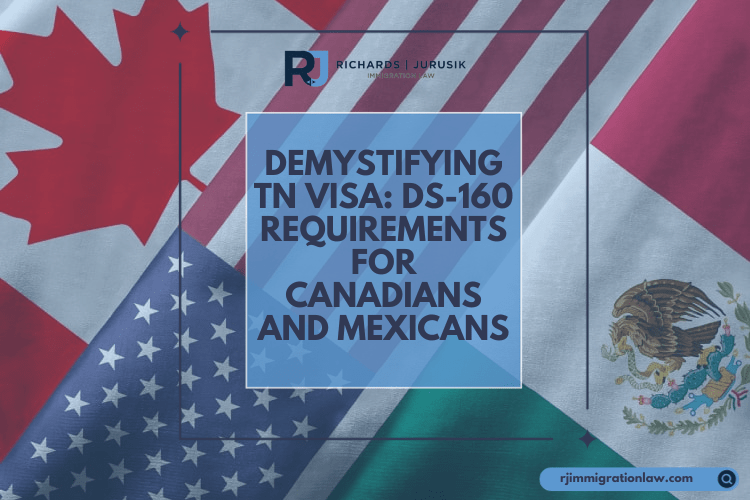
TN Visa: DS-160 Requirements for Canadians and Mexicans
Unravel the nuances of TN visa applications within the USMCA framework. Discover whether the DS-160 form is obligatory for your TN visa and explore the distinct processes for Canadian and Mexican citizens. Delve into the details of securing TN visa status directly at the US port of entry for Canadians and the essential DS-160 requirement for Mexican citizens applying through US Embassies or Consulates.
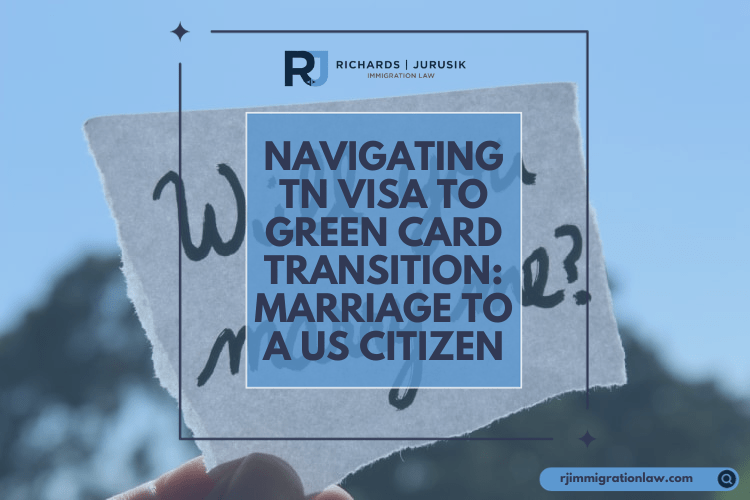
Can I go from a TN Visa to Green Card through marriage?
The TN Visa, though nonimmigrant, presents a pathway to Green Card status through marriage to a US citizen. However, this transition demands careful consideration of timing and intent nuances. Delve into this guide for insights into nonimmigrant intent, the adjustment of status process, and the significance of seeking expert guidance when navigating the complexities of transitioning from a TN Visa to a Green Card.
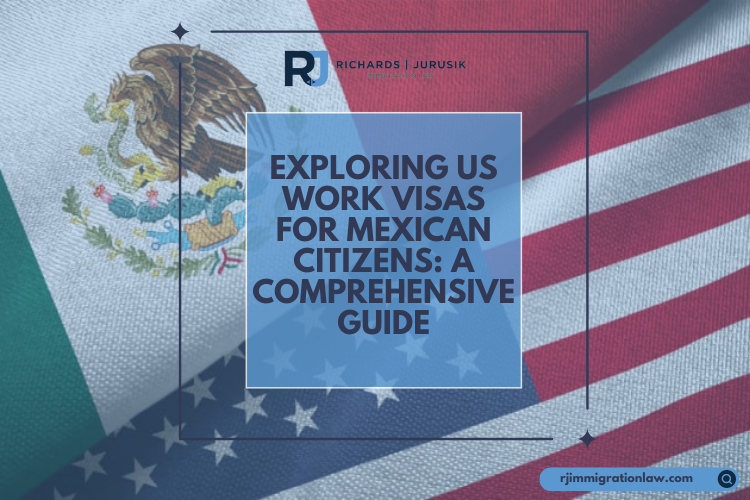
Exploring US Work Visas for Mexican Citizens: A Comprehensive Guide
If you’re a Mexican citizen eyeing opportunities in the US job market, understanding the array of work visas is crucial. This comprehensive guide walks you through options like TN-2, H-1B, L-1, O-1, E-1, and E-2 visas, ensuring you choose the right path aligned with your qualifications and job profile.
